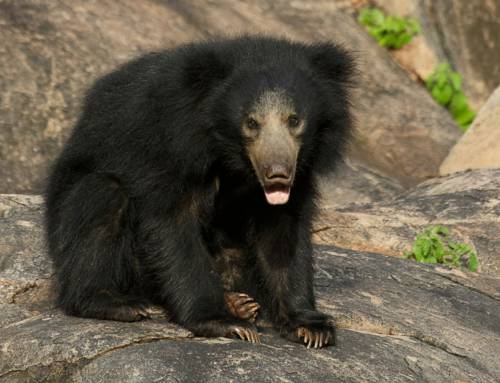We’re pleased to share with you the release of a new scientific paper by Duke Kunshan University and Centre for Wildlife Studies’s scientists, Dr. Binbin Li, Kelley Reardon, Nitya Satheesh, Cui Liu and Dr. Krithi Karanth.
The study titled ‘Effects of livestock loss and emerging livestock types on livelihood decisions around protected areas: Case studies from China and India’ is published in the journal, Biological Conservation, today.
Research was conducted in giant panda habitat in China, and tiger habitat in India to understand how livestock losses influence household livelihood decisions. In China, where livestock loss rates are lower, it was found that livestock loss did not impact the number of livestock owned. However, labour availability in Chinese households did impact the livestock holdings sizes. In India, where livestock loss rates are higher, it was found that livestock loss negatively impacted the number of livestock owned, and households were also limited by financial capacity.
This comparative study finds a shift in livestock type in India from domestic breeds to hybrid ones which provide a higher milk yield, contributing to higher incomes for households. Hybrids are more likely to be stall-fed rather than grazed unguarded in fields or near the forests, therefore resulting in lower depredation. Scientists recommend that conservation policies should be devised to provide alternative livelihood options for vulnerable communities living alongside conflict prone wildlife, and protect key habitats of flagship species.
The paper can be accessed as a
PDF document here.





